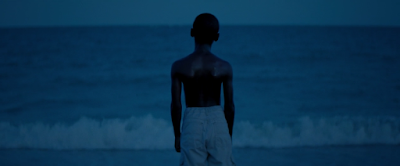30. Bad Boys II (2003, Michael Bay)
28. Tucker: The Man and His Dream (1988, Francis Ford Coppola)
27. Dave Chappelle's Block Party (2006, Michel Gondry)
26. Orlando (1992, Sally Potter)
25. Lifeforce (1985, Tobe Hooper)
24. August Winds (2014, Gabriel Mascaro)
23. The Rapture (1991, Michael Tolkin)
22. Nenette et Boni (1996, Claire Denis)
21. Victor/Victoria (1982, Blake Edwards)
20. Evening Primrose (1966, Paul Bogart)19. The Hitch-Hiker (1953, Ida Lupino)
18. The Green Pastures (1936, William Keighley and Marc Connelly)
17. Ziggy Stardust and the Spiders From Mars (1973, D.A. Pennebaker)
16. The Fog (1980, John Carpenter)15. Swimming Pool (2003, Francois Ozon)
14. Outrage (1950, Ida Lupino)
13. Dressed to Kill (1980, Brian De Palma)
12. Tickets (2005, Ermanno Olmi, Abbas Kiarostami, Ken Loach)11. A Little Romance (1979, George Roy Hill)
10. Tropical Malady (2004, Apichatpong Weerasethakul)
9. Nat Turner: A Troublesome Property (2003, Charles Burnett)
8. Dogville (2003, Lars von Trier)
7. Serial Mom (1994, John Waters)
6. It's a Mad Mad Mad Mad World (1963, Stanley Kramer)
5. The Crying Game (1992, Neil Jordan)
4. 3 Godfathers (1949, John Ford)
3. Mikey and Nicky (1976, Elaine May)
2. The Last Temptation of Christ (1988, Martin Scorsese)
1. Taste of Cherry (1997, Abbas Kiarostami)











































